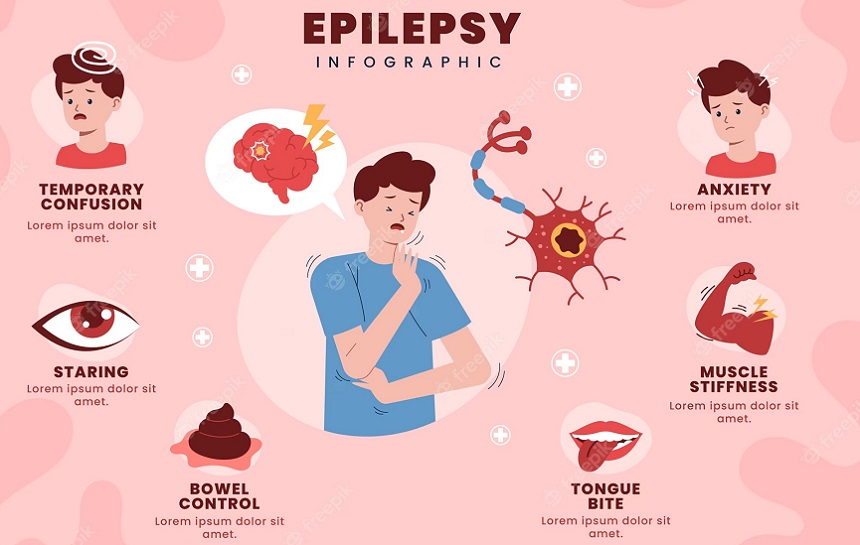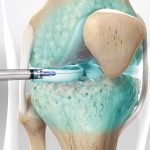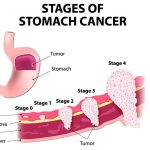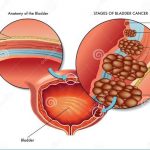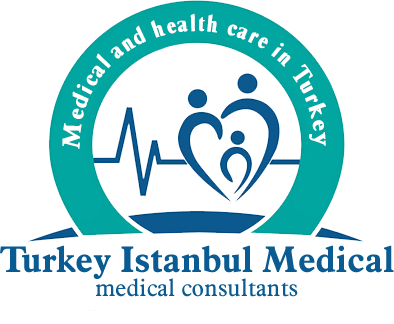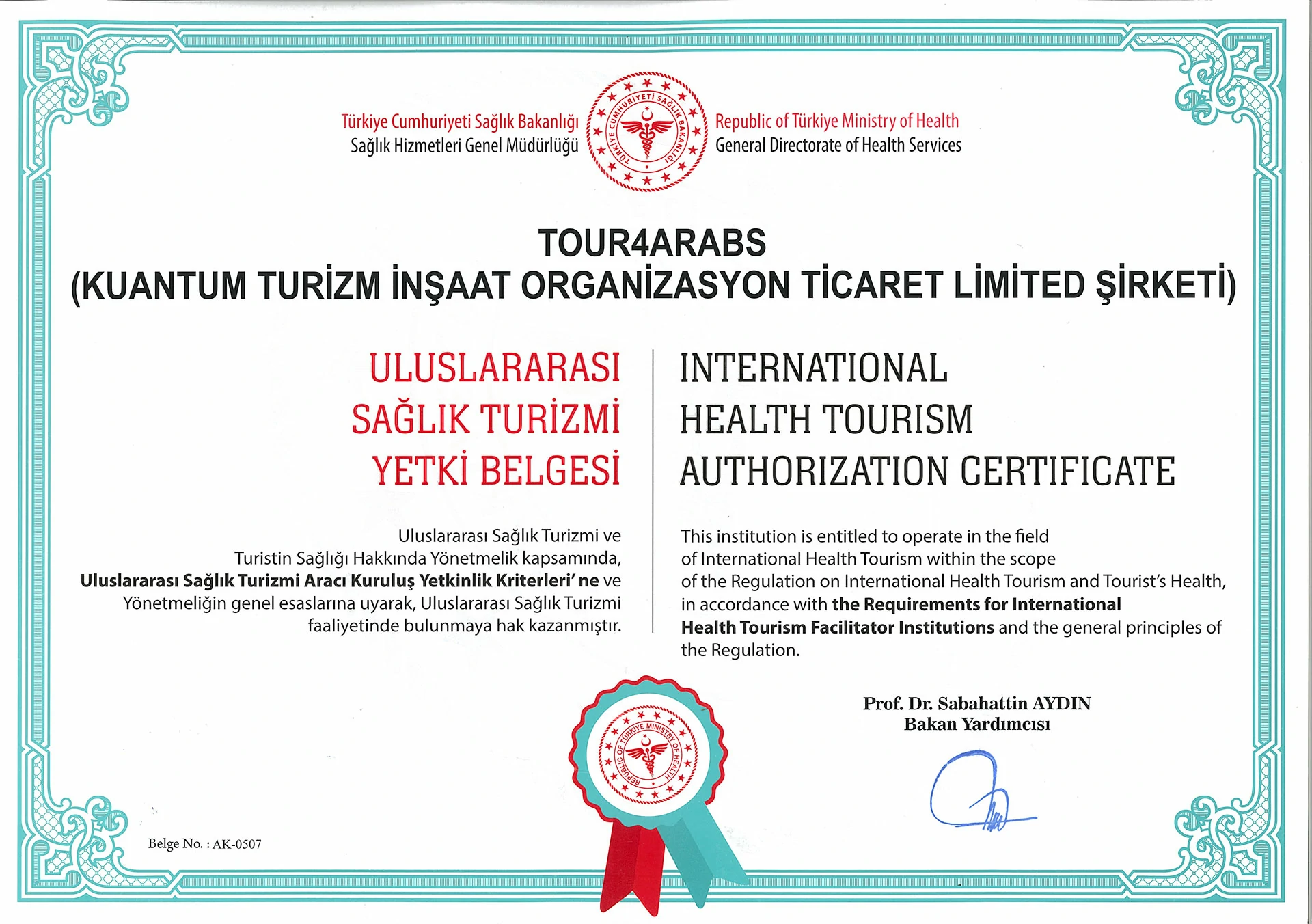What is Epilepsy (Sara Disease)?
Epilepsy, also known as Sara disease among the people, manifests itself by sending an abnormal electrical signal of cells in a region of the brain.
Epilepsy, which develops in people who have brain damage for any reason during childbirth, is a chronic (long -term) disease that affects approximately 1 %of our country. This disease occurs with epilepsy seizures.
Suddenly, epilepsy seizures, which manifest itself, spread to the entire brain or to a certain part. The types of seizures vary depending on which region of the brain starts. In some epilepsy seizures, loss of consciousness and uncontrolled body movements can be seen, while others are felt with faint symptoms.
Epilepsy, which claws about 65 million people around the world, causes sudden and uncontrolled discharge in neurons in the brain. Accordingly, involuntary contractions, sensory changes and consciousness changes are seen in the patient.
Unfortunately, epilepsy drugs that provide precise treatment of the disease are unfortunately not available at the moment. However, it is possible to keep this disease under control with the help of preventive strategies and various drugs.
What are The Causes of Epilepsy (Sara Disease)?
Many different mechanisms can play a role in the development of epilepsy seizures. The imbalance between the rest and stimulation of the nerves may be the neurobiological basis underlying epilepsy seizures.
In all cases of epilepsy, the underlying cause cannot be fully detected. Birth traumas, head traumas due to passed accidents, difficult birth story, vascular abnormalities in the cerebral vessels in older ages, high feverish diseases, excessive blood sugar, alcohol withdrawal, intracranial tumors and brain inflammation are some of the reasons associated with tender. Epilepsy may occur at any time from infancy to older ages.
There are many situations that can increase the predisposition of epilepsy seizures:
-
Age:
Epilepsy can be seen in any age -to -age group, but the age groups are most commonly diagnosed as individuals in early childhood and after 55 years of age.
-
Brain Infections:
There is an increase in the risk of developing epilepsy in diseases such as meningitis (inflammation of the brain membranes) and encephalitis (inflammation of the brain tissue).
-
Childhood Seizures:
In some young children, seizures that are not associated with epilepsy may occur. Particularly in diseases that occur with high fever, seizures usually disappear with the growth of the child. In some children, these seizures can end with the development of epilepsy.
-
Dementia:
In cognitive functions, loss of function and discomfort such as Alzheimer’s disease may occur in the development of epilepsy.
-
Family Story:
It is considered that there is an increase in risk for the development of this disease in people with epilepsy patients in close relatives. In children with epilepsy patients with parents, approximately 5 %predisposition to this disease.
-
Head Traumas:
Epilepsy may occur in people after head trauma such as falls and impacts. It is important to protect the head and the body with the right equipment during activities such as cycling, skiing and motorcycle driving.
-
Vascular Disorders:
Strokes resulting from the blood vessels responsible for the brain’s oxygen and nutritional support may cause brain damage. Tissue damaged in the brain can trigger regional seizures, causing the development of epilepsy in individuals.
What are The Symptoms of Epilepsy (Sara Disease)?
Epilepsy seizure symptoms may vary greatly. As a matter of fact, some people with epilepsy look at them with empty eyes for a few seconds during the seizure, and others can repeat their arms or legs. It should not be forgotten that the person has a single seizure does not mean that he has epilepsy. For epilepsy diagnosis, usually required at least two provoked seizures.
Some symptoms of epilepsy are as follows:
- Sudden contractions in the body, shaking movements that cannot be controlled in the arms and legs
- Loss of consciousness, temporary confusion
- Sudden falling without a visible reason
- Psychic symptoms such as fear, anxiety or deja vu
- Nausea
- Suddenly intense fear and concern
- Temporary confusion
- Sudden blinking seizures without a significant stimulation
- Uncontrolled in the hands and feet.
- Not being able to answer the things asked to him, inability to communicate for a short time
- Head shaking movements (in series)
- Looking at a fixed point
What are The Types of Epilepsy (Sara Disease)?
Epilepsy can be classified according to the region in which the brain involves. In some people, more than one epilepsy can also be seen.
Frequent epilepsy species can be listed as follows:
-
ABSSANS Seizures:
In the ABSANS seizures, which are more common in childhood, the person appears to be immersed from the outside. In the ABSANS seizures, which are characterized by the child’s silence during the conversation, the child remains still for about 10 seconds. Does not answer the questions asked.
During the seizure of adults, the person says meaningless words, walks and makes repetitive movements with his hands and / or lips. ABSANS is short in seizures and does not remember what happened during the seizure.
-
Simple Partial Seizures:
The person’s consciousness is clear during simple partial seizures that develop in 3 different ways. This type of seizure is mostly caused by one of the frontal, temporal and parietal lobes of the patient’s brain.
-
Seizures Caused by Temporal Lobe:
The engine is defined as seizure. During the motor seizure, the person gets a bad smell or taste. Suddenly he is afraid and experiences a feeling of dizziness. Symptoms such as deja vu feeling, perception and memory problems, drowsiness, sweating and nausea occur. During the motor seizure, movements may occur such as moving the head of the person and lifting his arm up.
-
Seizures Caused by Frontal Lobe:
During the seizure, the side in which the person lifts or turns his head is an indication of which frontal lobe is affected. In different words, if the person turns his head to the left during the seizure, the seizure is caused by the left of the frontal lobe. Depending on the presence of a speech center in the frontal lobe, temporary speech disorder develops. After the seizure, the person may have short -term weakness or temporary paralysis.
-
Seizures Caused by Parietal Lobe:
The brain area where body senses are perceived is the parietal lobe. In this case, which leads to the formation of sensory seizures, one may feel strange emotions. Temporary pain and drowsiness may occur.
Complex Partial Seizures:
The person does not fall to the ground during partial seizures that the person does not remember the moment of seizure. Lie, swallowing and chewing movements can be done. In addition, the person can wander around, tugging his clothes.
Generalized Seizures:
In the generalized seizure type, which is the first type of seizure that comes to mind when it comes to Sara watch or epilepsy crisis, the person is first cascade and then falls to the ground. All muscles in the body involuntarily contract and relax.
A person’s consciousness is closed during the seizure and does not remember anything after the seizure. With the end of the generalized seizure, the person slowly comes to life. It is mostly exhausted and confused.
What are The Epilepsy (Sara Disease) Stages?
Some people may feel some symptoms before epilepsy occurs. If the seizure is caused by a small area of the brain, these symptoms, which can be felt in some cases before the seizure, are called aura. These symptoms may vary according to the region where abnormal electrical activity occurs in the brain.
Symptoms that occur before epilepsy can be listed as follows:
-
Numb:
The person may feel drowsiness in a certain part of his body.
-
Vision and Hearing Loss:
There may be a difference in one’s opinion or hearing.
-
Smell:
The person may smell bad before the seizure.
-
Nausea:
Pressure or nausea may occur in the stomach.
-
Mood Change:
One can suddenly feel a sense of fear.
How to Diagnose Epilepsy (Sara Disease) ?
During epilepsy vigil, the patient’s consciousness is closed. So he can’t remember what happened during the seizure.
Since it is of great importance for the correct transfer of what is happening to the physician during the seizure, the relatives next to the person should come to the doctor with the patient.
Thus, the physician can take the patient’s anamnesis from his relatives. If the physician deems it necessary to clarify the diagnosis after a physical examination, radiological imaging examinations such as CT, MRI, EEG or PET may request. In the light of the findings obtained, epilepsy is diagnosed.
How to Treat Epilepsy (Sara Disease) ?
Epilepsy treatment is performed with medications. With drug therapy, epilepsy seizures can be prevented to a great extent. Regular use of epilepsy drugs during treatment is of great importance.
Patients who do not respond to drug therapy are present as well as types of epilepsy that can pass with age, such as childhood epilepsy.
There are also life -long epilepsy species. Surgical treatment can be performed in patients who do not respond to drug therapy.
There are many narrow spectrum antiepileptic drugs that prevent seizure development:
- Antipileptic drugs with active ingredients of carbamazepine may benefit in epileptic seizures caused by the brain zone (temporal lobe) under the temple bones. Since these active drugs are interacted with many other drugs, it is important to give physicians the knowledge of the drugs used in relation to other health status.
- Clobasamic drugs with benzodiazepine derivatives can be used in abscess and focal seizures. These drugs, which have calming, sleep -enhancing and eliminating effects, can be used in young children.
- Caution should be taken as it may occur after the use of these active substance drugs, albeit rarely serious allergic skin reactions.
- Divalproex is a drug that can be used in the treatment of ABSANS, focal, complex focal or multiple seizures, which affect a neurotransmitter called gamma-aminobudyric acid (GABA). Since the inhibitor in the brain is an inhibitor (activity stopper, slowing) substance, these drugs may benefit in the control of epileptic seizures.
- Ethosuximide drugs can be used for control of all ABSANS seizures.
- Another type of drug used for the treatment of focal seizures is the active ingredient of gabapentin. Care should be taken due to the fact that more side effects may occur than other antiepileptic drugs after the use of gabapentin -containing drugs.
- Phenobarbital-containing drugs, one of the oldest drugs used for the control of epilepsy seizures, may benefit in generalized, focal and tonic-clonic seizures. In addition to its long -term calming effects, as well as anticonvulsan (seizure) effects, excessive dizziness may develop after the use of phenobarbital drugs.
- Phenytoin active drugs are another type of drug that provides stabilization of the membranes of the nerve cells and has been used in antiepileptic treatment for many years.
Apart from these drugs, in patients with different types of seizures in different styles, and in different parts of the brain, in patients who develop seizures as a result of extreme activation, wider spectrum antiepileptic drugs can be used:
- Clonazepam is an antiepileptic drug that has a long -term act, prescribed for prevention of myoclonics and abscess seizures.
- Lamotrijin active ingredient drugs are included in many types of epilepsy seizures with large spectrum antiepileptic drugs.
- After the use of these drugs, care should be careful as a rare but deadly skin discomfort called Stevens-Johnson Syndrome may occur.
- Seizures that continue for more than 5 minutes or occur without much time between them are defined as status epilepticus. Lorerazepine -derived drugs containing lorazepam, another active ingredient, may benefit in the control of such seizures.
- Drugs containing Levertirasetam constitute a group of drugs used in the first -step treatment in focal, generalized, ABSANS, or many other types.
- Another important feature of these drugs, which can be used in all age groups, has less side effects than other drugs used for the treatment of epilepsy.
- Apart from these drugs, drugs containing valproic acid over GABA are also included in large spectrum antiepileptic drugs.
How Should a Person Who Has Epilepsy (Sara Disease) Vigil be Intervened?
- First of all, calm is the most important help to the patient. Especially during large seizures, the patient should be laid on the patient to prevent foams and secretions from the patient’s mouth to escape to the patient’s throat and to breathe comfortably.
- In order to prevent the patient from injuring and hitting his head during the seizure, his head and body should be supported, and if possible, he should be laid on a soft place.
- In case of locking in the jaw, it is not right to try to open the mouth of the patient by a spoon, wooden object or hand.
- This may cause injury to both the intervention and the patient, while a broken tooth or a bleeding can make it more difficult to breathe.
- To wake up quickly during the seizure, throw water into the patient’s face, smell onions and slap are not appropriate behaviors.
- As the seizure is due to electrical activity in the brain, the seizure will end with the end of this activity.
- Throw water into the patient’s face and so on. The seizure does not end with interventions. Usually seizures end in 1-3 minutes.
- However, it is important that the patient is rapidly delivered to a health institution and monitoring the interventions mentioned here while ongoing seizures above 5 minutes.
What Should Epilepsy (Sara Disease) Patients Pay Attention To?
It is very important that epilepsy patients are conscious about their condition. The most important step in combating this disease is to recognize the disease and seizures.
We can answer the question of what epilepsy patients should pay attention to;
- Take the medications given for your treatment regularly at full time.
- Avoid hard floors against the possibility of falling.
- Move a card that indicates that you have epilepsy.
- Do not lock the door while bathing.
- Avoid excessive light.
- Do not be sleepless. Don’t get tired.
- Take precautions in order not to take head impacts in sudden falls.
- If your seizures continue, do not drive and ask if there is a doctor’s mind before driving.
Although it is not possible to fully recover epilepsy, seizures can be controlled by treatment in the majority of patients.
However, the patient should be continuously under the supervision of a doctor and the course of the disease should be carefully monitored.
During the epilepsy watch, the first intervention of people around the patient is very important. It should be avoided doing things that will harm the person.
